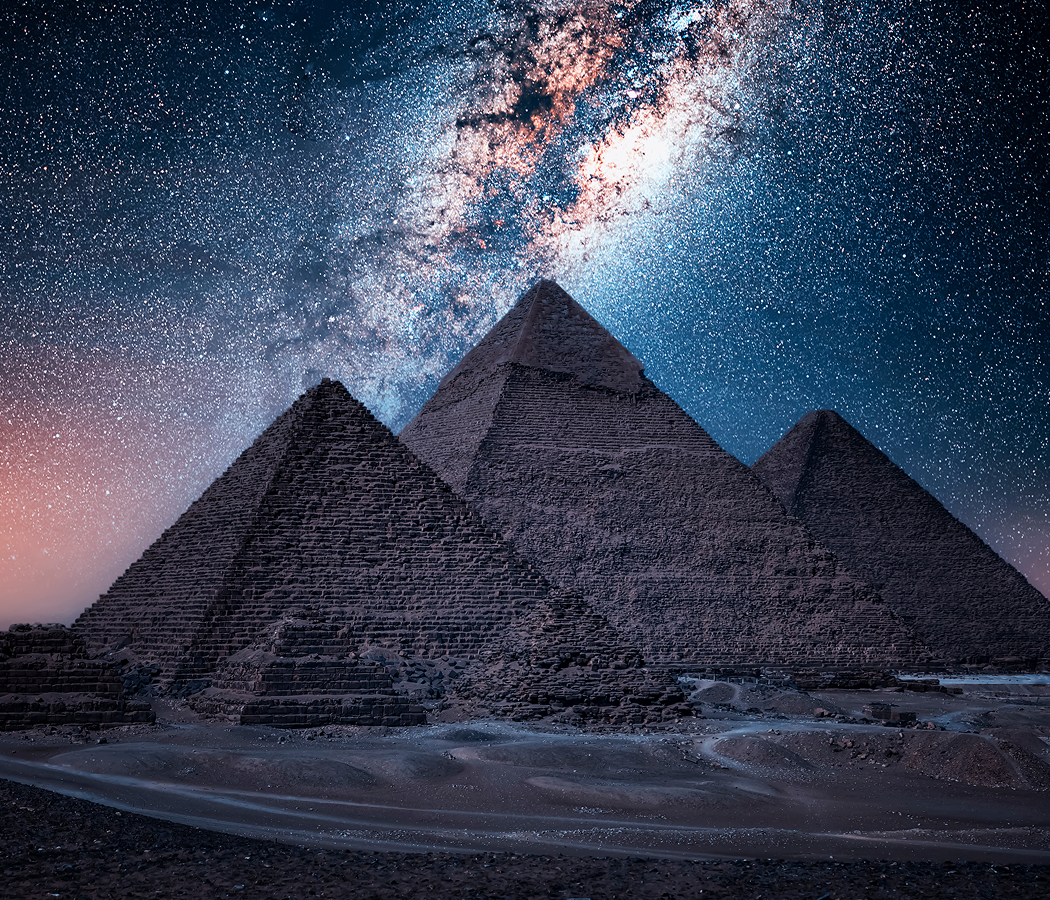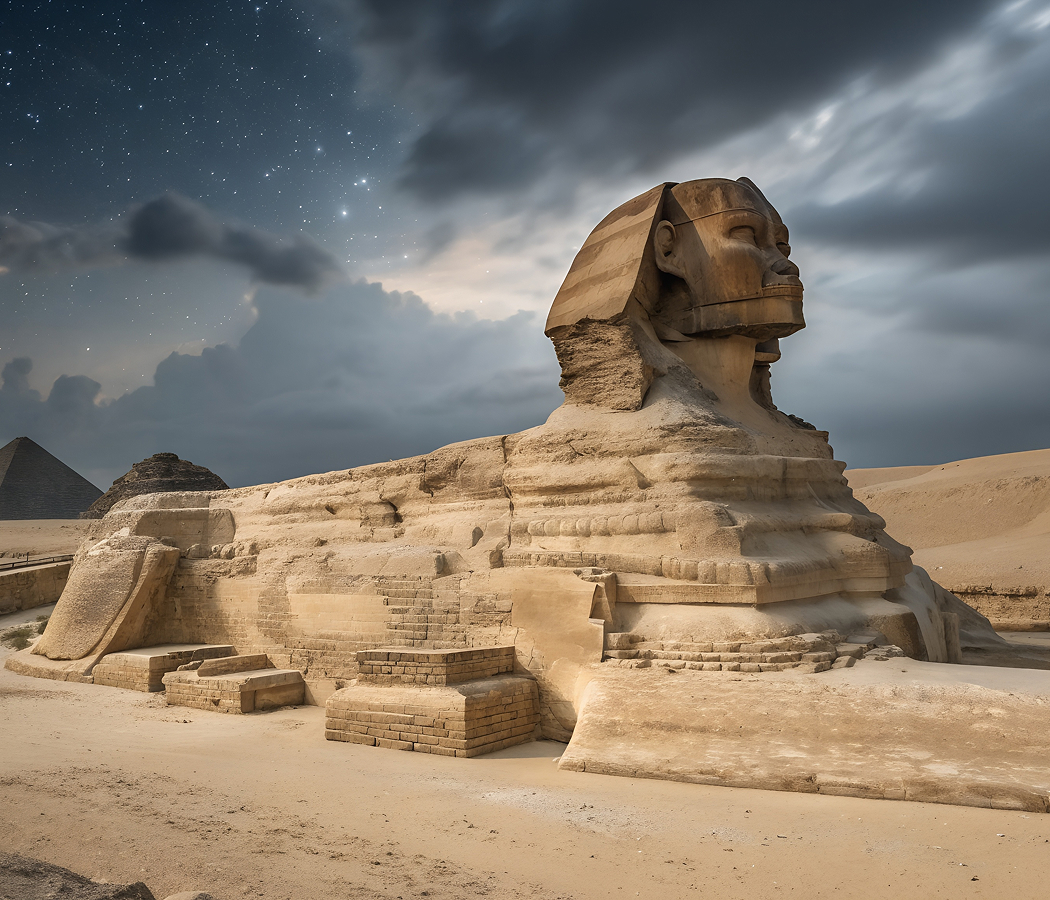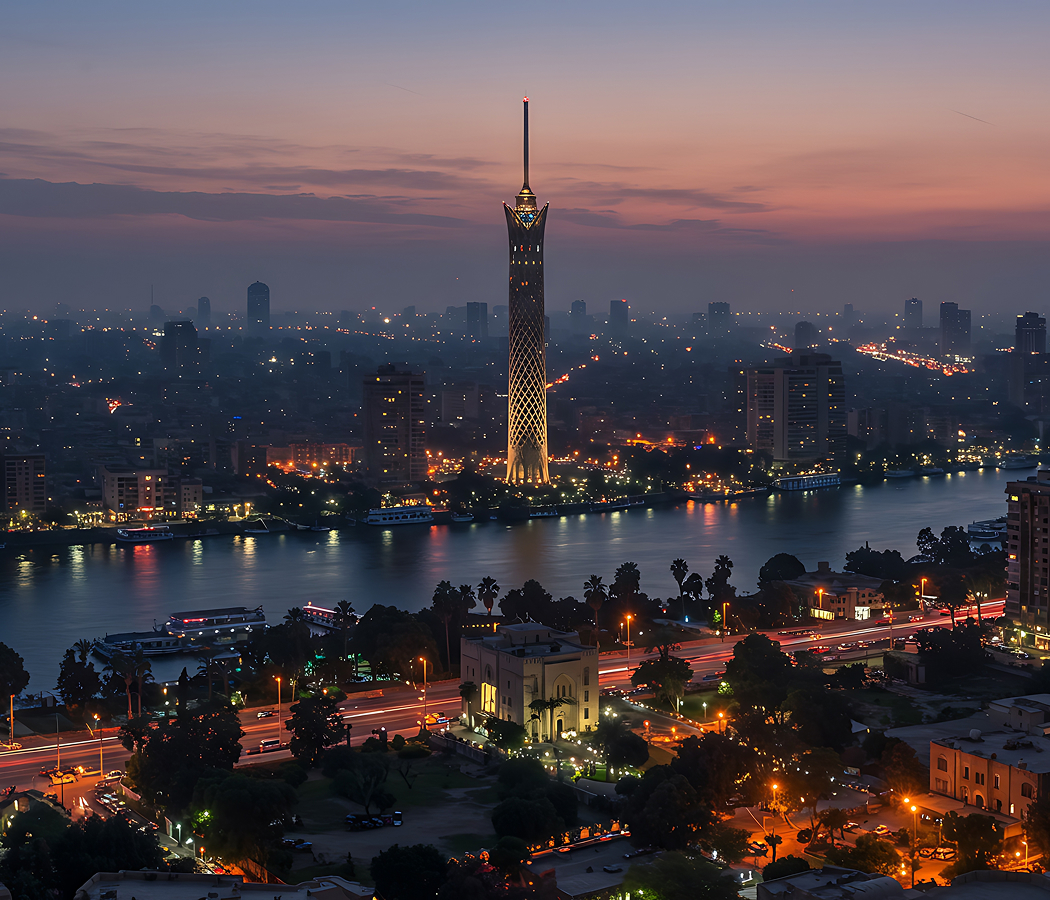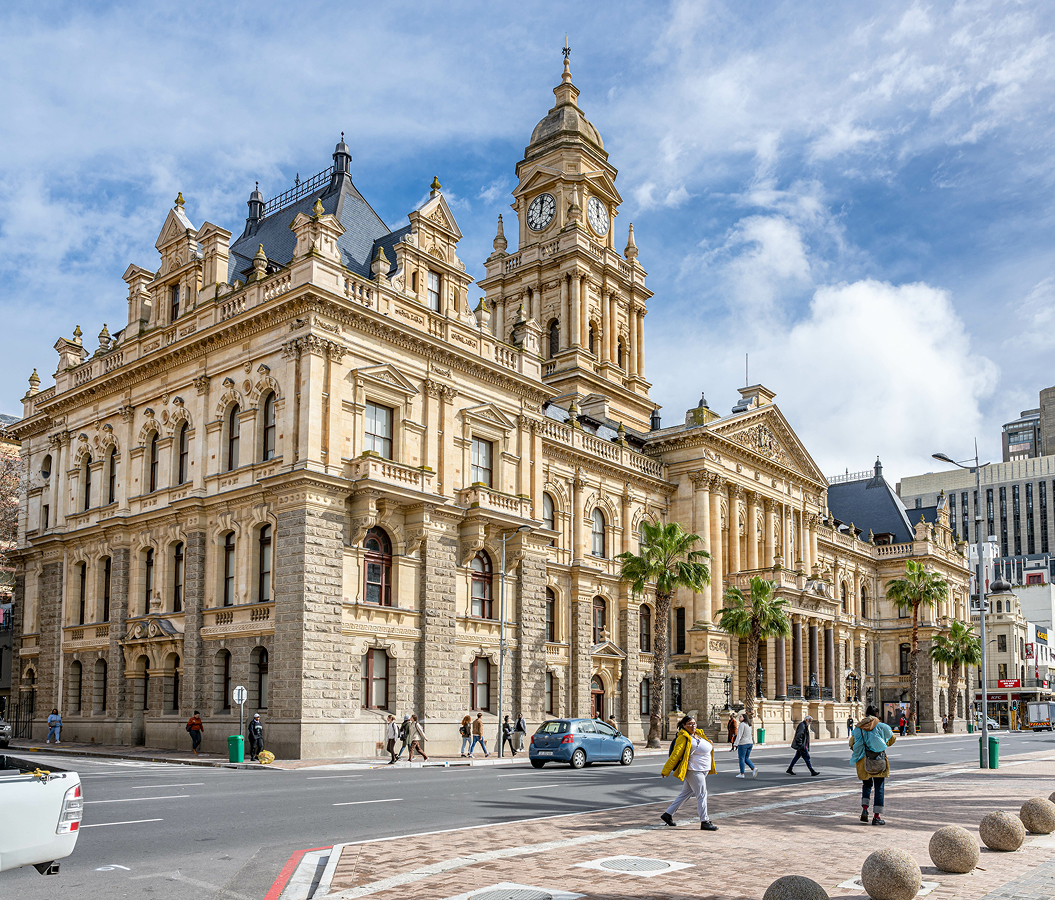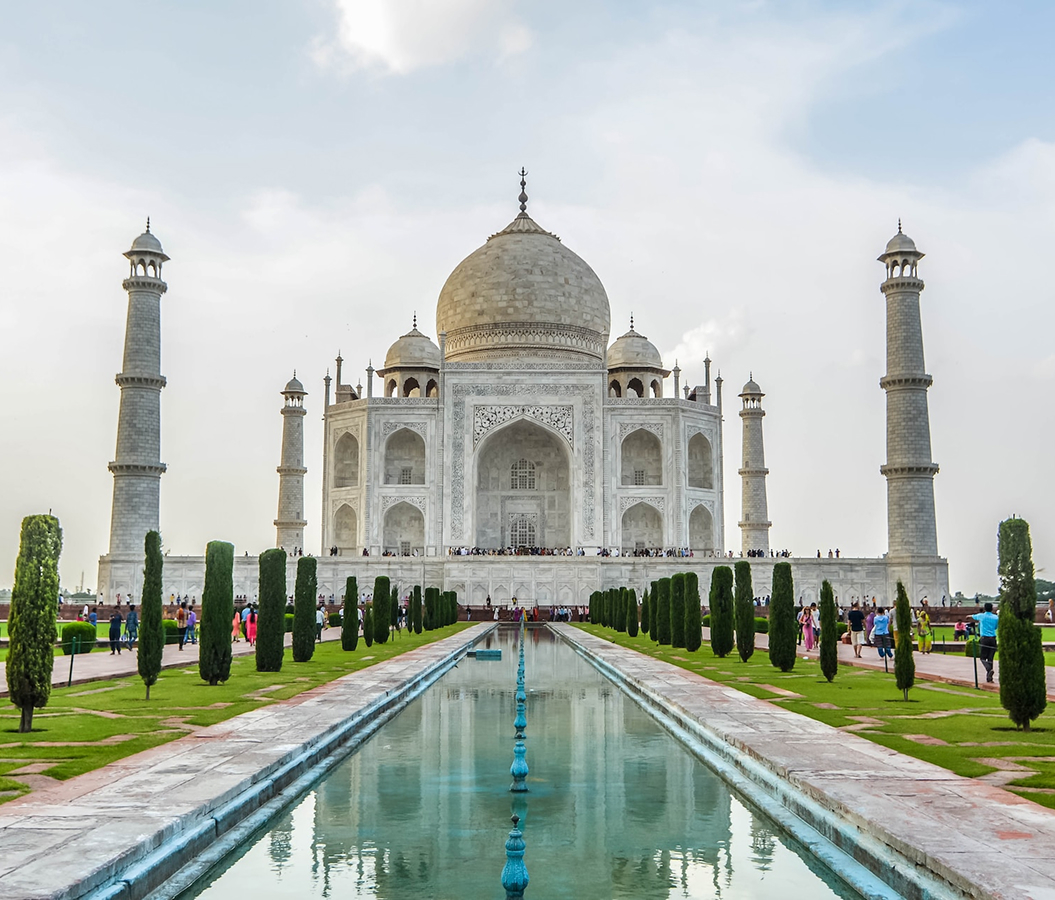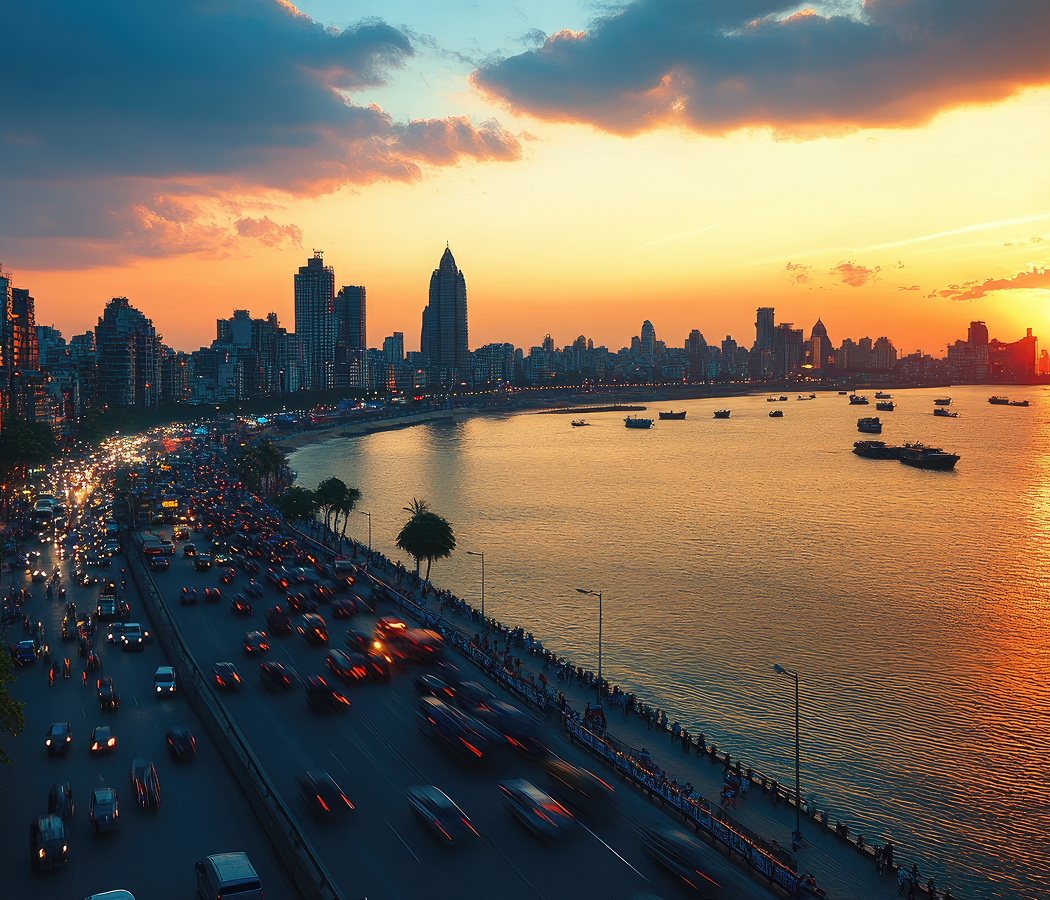
Why you should experience Khan el-Khalili in Cairo.
Khan el-Khalili in Cairo is not just a market, it’s a labyrinth of history, craftsmanship, and life that pulses with the heartbeat of Egypt itself.
Nestled within the heart of Islamic Cairo, this centuries-old bazaar has been the city’s commercial and cultural soul since the 14th century, when Emir Djaharks el-Khalili established it as a caravanserai for merchants traveling the Silk Road. Today, the market remains a dazzling crossroads where the ancient and modern worlds intertwine, where traders sell gold, spices, and handcrafted treasures beneath the same domed ceilings that once sheltered merchants from Damascus, Istanbul, and Marrakesh. The air here is alive with energy: the scent of cardamom and sandalwood, the rhythmic clang of brassworkers’ hammers, and the melodic calls of vendors coaxing travelers to admire their wares. Sunlight filters through latticed wooden screens, casting mosaics of shadow over displays of inlaid boxes, handwoven textiles, and sparkling silver jewelry. Around every corner, narrow alleys lead to hidden courtyards and tucked-away cafés where poets, artists, and dreamers have gathered for generations. To wander Khan el-Khalili is to step into the Cairo of legend, where every turn reveals another story, another scent, another fragment of eternity.
What you didn’t know about Khan el-Khalili.
Khan el-Khalili is far more than a souk, it’s a living archive of Cairo’s mercantile glory and enduring artistry.
Built in 1382 on the site of an old Fatimid cemetery, the market was part of a grand urban plan that helped make Cairo one of the world’s most vibrant trade capitals. The name “Khan” refers to an inn for traveling merchants, while “el-Khalili” honors its founder, whose vision transformed the area into a hub of exchange linking Africa, Asia, and the Mediterranean. During the Ottoman era, the bazaar became renowned for goldsmiths, spice traders, and artisans crafting goods for the palaces of sultans and caliphs. Even today, many workshops are family-run businesses that have passed down their crafts for centuries, from silversmithing and calligraphy to glassblowing and traditional perfume making. Few visitors realize that the market’s winding lanes are organized by guilds, with each section devoted to a specific trade, just as it was in medieval times. Beyond its stalls, Khan el-Khalili has long been a meeting place for intellectuals and artists. At El Fishawy Café, Cairo’s oldest coffeehouse, established in 1773, Nobel laureate Naguib Mahfouz wrote and observed life unfolding around him, capturing the neighborhood’s spirit in his timeless novels. The bazaar also borders Al-Mu‘izz Street, connecting it to one of Cairo’s most historically rich architectural corridors, where minarets, domes, and sabils shimmer under golden light. Despite modernization around it, Khan el-Khalili remains remarkably authentic, its pulse steady, its walls whispering stories of caravans, craftsmen, and centuries of commerce that never truly ended.
How to fold Khan el-Khalili into your trip.
Experiencing Khan el-Khalili is less about shopping and more about surrendering to its sensory symphony.
Begin your visit in the late morning, when the market comes alive but before the midday rush. Enter through Bab al-Ghuri or Al-Mu‘izz Street, where the stone archways open into a maze of color and sound. Let curiosity guide you, drift through the spice souk, where sacks of saffron, cumin, and hibiscus bloom in fragrance and hue. Wander deeper to discover artisans engraving brass lamps and painting delicate papyrus scrolls. If you’re looking for keepsakes, bargain with humor and patience, negotiation here is as much a ritual as a transaction. Pause for lunch or tea at Naguib Mahfouz Café, an oasis of calm amid the bustle, or at El Fishawy Café, where mint tea and shisha are served beside walls lined with mirrors and memories. In the afternoon, step outside the main market toward the surrounding alleys, where hidden workshops reveal the quieter rhythm of Cairo’s old crafts. As evening falls, the market transforms: lanterns flicker to life, oud music drifts through the air, and the crowds swell with both locals and travelers basking in the magic of Cairo’s oldest bazaar. For a richer experience, combine your visit with a stroll along nearby Al-Mu‘izz Street, whose illuminated minarets form the perfect counterpoint to Khan el-Khalili’s earthbound energy. Whether you leave with a handcrafted treasure or just the memory of its timeless pulse, you’ll carry with you a piece of Cairo’s soul, vibrant, eternal, and alive in every breath of Khan el-Khalili.
Hear it from the Foresyte community.
It’s not just shopping, it’s chaos with style. Vendors yelling, tea spilling, lanterns glowing like it’s Christmas but hotter. You’ll probably overpay but you’ll leave smiling.
Where meaningful travel begins.
Start your journey with Foresyte, where the planning is part of the magic.
Discover the experiences that matter most.

